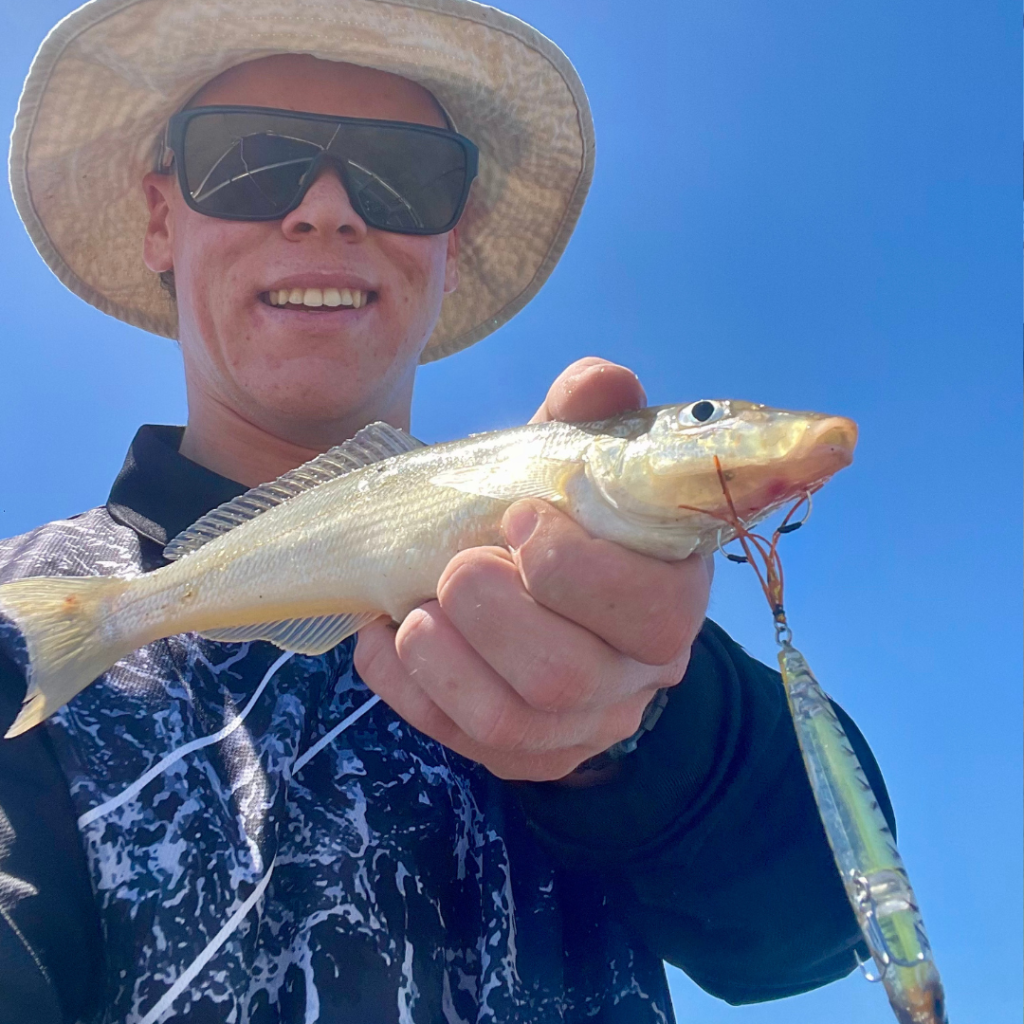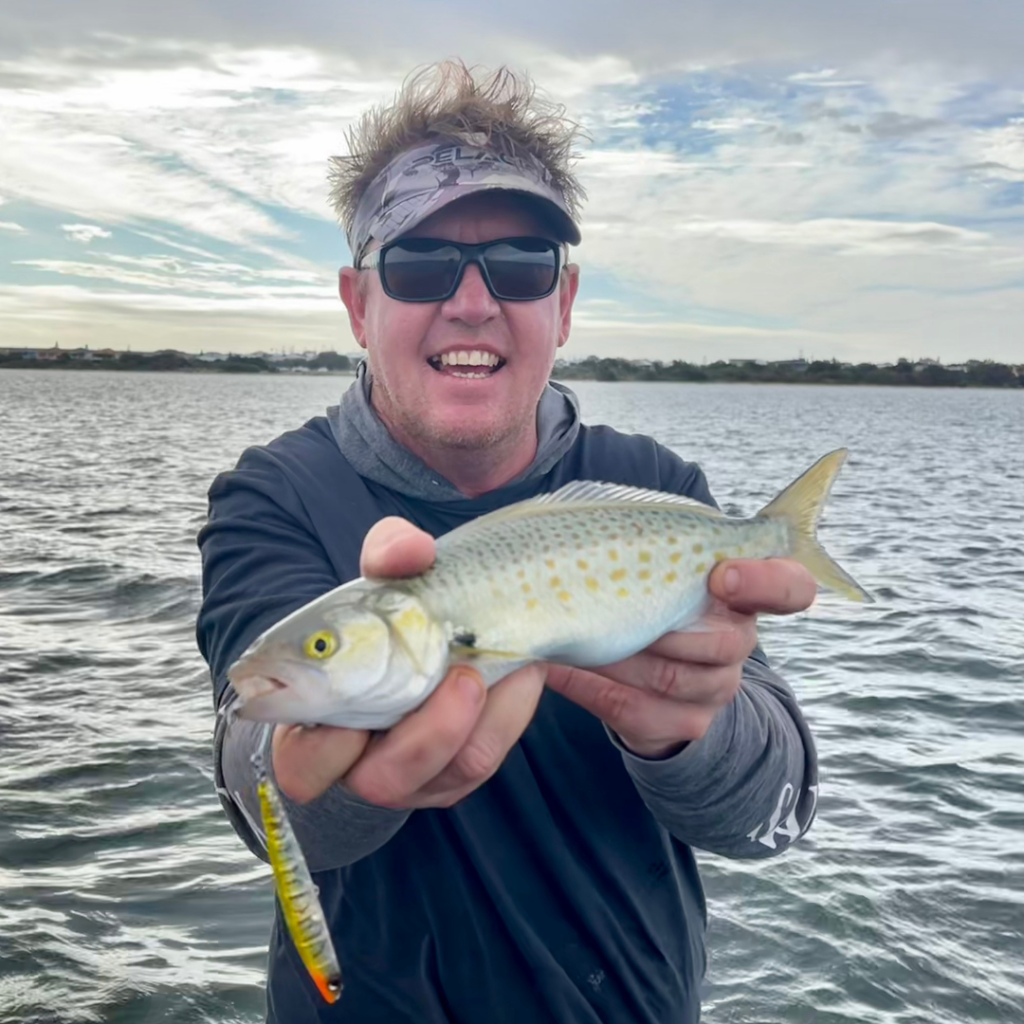First up this week: the crays—where are they at? We believe they’re in their moult phase before the end-of-month run. Why? Here’s a key sign: anglers who were successful in the shallows in late October have reported a significant drop in catches, suggesting the crays have stopped feeding and are preparing to moult. Once they shed, they’re soft and need time for their shells to harden, which explains the low pot activity.

For divers out in 26 to 30 meters, there are still plenty of crays, with visibility that’s more than acceptable. Inshore remains a bit murky, but fingers crossed for a week of low swell to clear things up.
On our beaches, tailor up to 50 cm are abundant, along with the usual herring and whiting. Our estuary rock walls and groynes are also fishing well. Look for fuller tides and cleaner water to increase your chances.

Whiting on the flats have stepped up in both weight and numbers, with anglers reporting larger schools—not just five or six fish per group. These bigger schools create a natural competition effect, making for a more intense bite. Juvenile salmon are also present in good numbers, and when you find a school, it can be absolute chaos, especially if you’re using gear suited for whiting. There’s nothing quite as exciting as fish jostling to reach your lure first, right before your eyes.

The same goes for tailor in sheltered waters. With the right rod, line, and lures, targeting whiting, salmon, and tailor offers some of the best light-tackle sports fishing around.
Wherever you’re casting this weekend, as always, good luck and tight lines. And remember—every day’s a good day for fishing.
